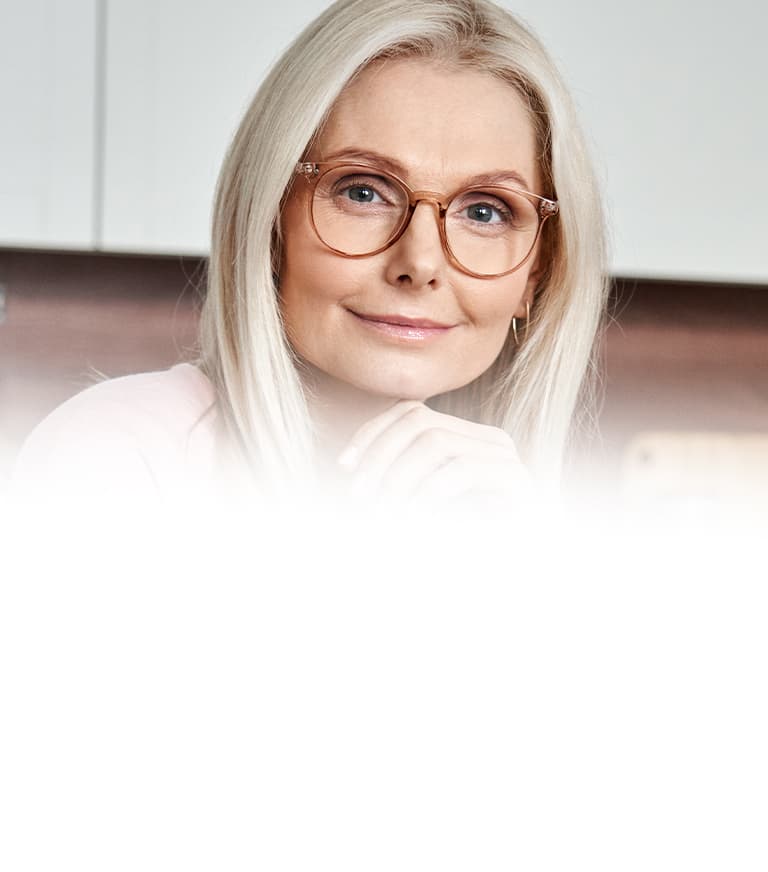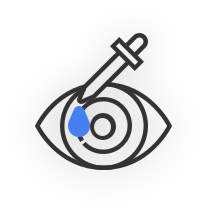
Supporting Your Vision
Low vision isn’t just about “bad eyes”—it’s a life-changing visual impairment that makes everyday tasks like reading, driving, or recognizing faces incredibly difficult. And unfortunately, it often progresses over time.
Since low vision is often progressive, you need to be proactive with routine eye exams or risk further loss of sight. We’re here to help you make the most of your remaining vision with personalized strategies, innovative tools, and ongoing care. Our goal? To keep you seeing and living your best.
Contact us to schedule your appointment and address low vision today.
What Is Low Vision?
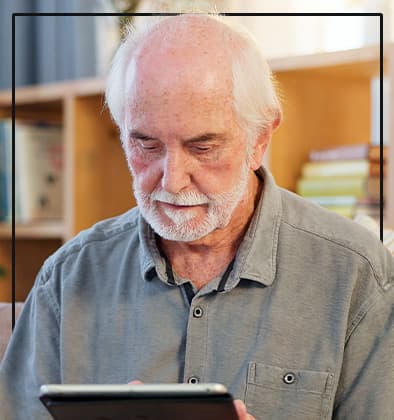
Low vision refers to vision loss that can’t be corrected with glasses, contact lenses, medication, or surgery. It doesn’t mean you’re blind, but it does mean your vision makes day-to-day life more challenging even with the best possible correction.
Low vision can result from several eye conditions, including:
-
- Age-related macular degeneration (AMD)
- Cataracts
- Glaucoma
- Diabetic eye disease
- Eye injuries or eye cancers
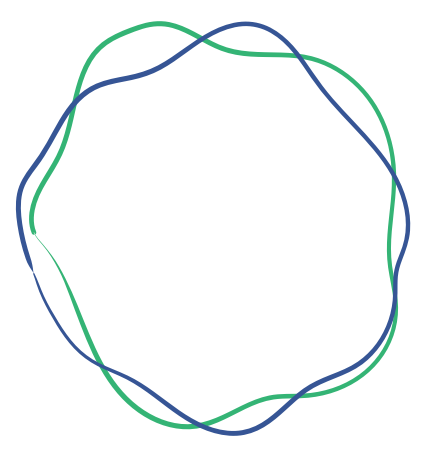
Diagnosing Low Vision
Low vision is typically identified during a comprehensive eye exam. If you live with diabetes or another health condition that impacts your vision, regular monitoring is essential. Low vision can affect anyone. That’s why routine eye exams matter, especially if you’re noticing changes in your sight.
At Simcoe Optometric Clinic, we offer diabetic eye exams and full ocular health assessments to catch issues early and help preserve your sight.
Understanding Visual Acuity & Low Vision Levels
You’ve likely heard of 20/20 vision, but what do all the numbers mean? Here’s a quick breakdown of how low vision is measured:
Mild Low Vision (20/30 to 20/60)
Also called near-normal vision, this entails the range from 20/30 to 20/60 visual acuity score. For instance, somebody with 20/30 visual acuity needs to stand at 20 feet to clearly see something that they should see at 30 feet.
Moderate Low Vision (20/70 to 20/160)
Moderate low vision starts at 20/70 and goes up to 20/160. A person with 20/70 visual impairment has to stand at 20 feet to see an object they should be able to see with clarity at 70 feet.
Severe Low Vision (20/200 to 20/400)
Severe low vision includes acuity scores between 20/200 and 20/400. This score expresses that if you have 20/200 vision, you need to stand at 20 feet to see something that should be visible at 200 feet. The same logic applies to 20/400.
Profound Low Vision (20/500 to 20/1000)
Profound low vision, or profound visual impairment, ranges from 20/500 to 20/1000. You need to be 20 feet close to see something you should be able to see at 500 feet. At this degree of impairment, routine visual tasks become almost impossible to do without assistance. Anything after 20/1000 is considered near-total blindness.
Living with Low Vision
There’s no cure for low vision, but there are ways to adapt, stay independent, and continue enjoying the things that matter most.
At Simcoe Optometric Clinic, we offer:
- Tailored solutions and visual aids
- Ongoing support and education
- A compassionate care experience focused on what works best for your lifestyle
We believe that great care means more than just treatment—it means making sure you feel informed, comfortable, and confident at every step.
Taking the Next Step in Low Vision Management
Low vision doesn’t have to limit your life. Whether you’re looking for answers, support, or solutions, our dedicated team is here to help you every step of the way. Let’s work together to protect and make the most of your vision.
Contact us to schedule your low vision consultation today.
Come Visit Us in Simcoe!
You can find our optometry practice in the Malo Professional Building on Colborne Street North. We offer plentiful parking behind our building with accessibility-friendly options available.
Our Address
100 Colborne Street NorthSimcoe, ON N3Y 3V1
Contact Information
- Phone: (519) 426-3123
- Fax: (519) 426-8594
- Email: contactus@simcoeoptometrists.com
Hours of Operation
Closed long weekends.
*From June to August, the office is closed on Saturdays. September to May, Saturday hours are 8:00am to 12:00pm.
Our Services
Brands We Carry



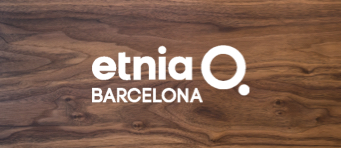
Check Out Our Google Reviews
“First eye exam done here. I was nervous about getting my eyes checked so I put it off for quite a long time. It was a great experience from the moment I walked into the door. The staff was kind and friendly.”
Dylan S.
“I brought my two children in to have their eyes examined at Simcoe Optometric Clinic and it was a great experience! My son was nervous to have his eyes looked at and the doctor was very reassuring and was able to perform all the tests without any issue. The staff are also very welcoming and professional.”“I brought my two children in to have their eyes examined at Simcoe Optometric Clinic and it was a great experience! My son was nervous to have his eyes looked at and the doctor was very reassuring and was able to perform all the tests without any issue. The staff are also very welcoming and professional.”
Cheryl M.
“I recommend dr Michael zona to everyone if it wasnt for him I would likely be blind in few years if I kept going to my old person thanks your office is great :)”
Angie W.



